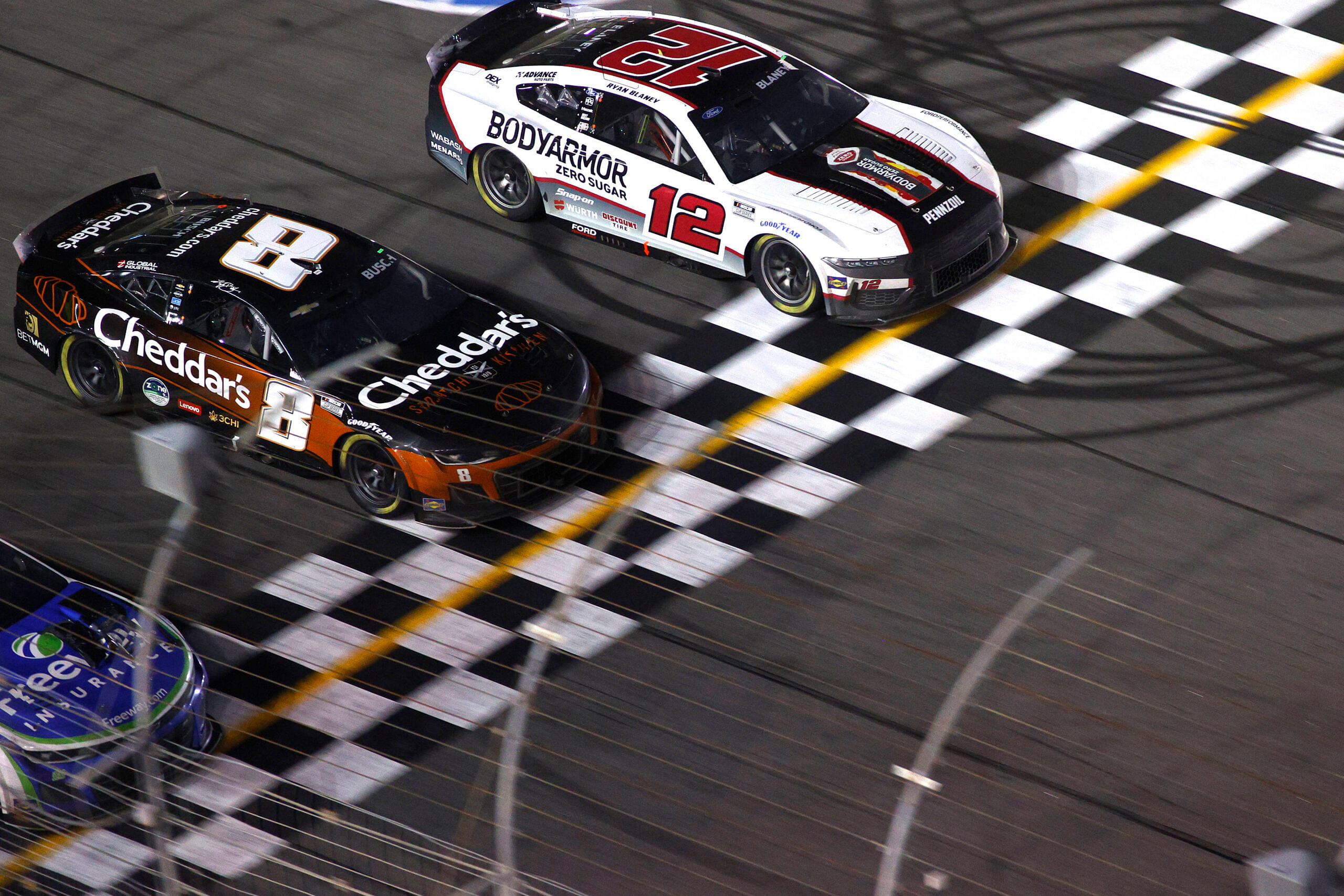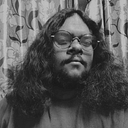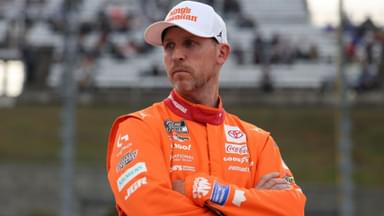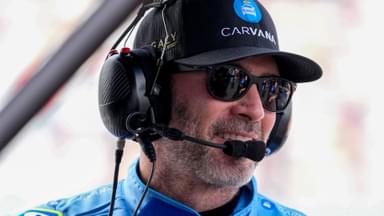NASCAR has come a long way since its inception and the inclusion of new technology is a constant. There used to be a time when figuring out who won a race during a photo finish was a hectic task, but thanks to a small device known as a Transponder, life has become easier. In a video by The Gumout Channel, Larry Mac explained the basics of a transponder and what it does it do in a race.
Advertisement
Mac explained that throughout his career as a crew chief, the only way to find out how fast the lap his race car ran was to use a stopwatch. He then said, “Nobody uses stopwatches anymore. Everything is electronically scored. There are timing loops in the racetrack. The bigger the tracks the more timing loops. The most important one at the start-finish line.”
“And there’s a transponder here at the right rear of the racecar and it’s located the exact distance from the nose of the car on every single car. That’s how we can give you a lap time down to the thousands of a second.”
He continued to explain that there was another benefit to having a transponder since it allows the promotion to check who won in a photo finish by looking at the timing loops and corresponding them with the transponder. This is how people can know the exact time difference down to the thousands of a seconds between the cars.
Which was the closest NASCAR photo finish ever?
The closest NASCAR finish took place in two separate races. The first one was the Carolina Dodge Dealer’s 400 at Darlington Raceway back in 2003, where Ricky Craven edged Kurt Busch by 0.002 seconds to the finish line.
Similarly, the 2011 Aaron’s 499 at the Talladega Superspeedway also saw another 0.002 second time difference between the winner and the car in second place. The 2011 race saw Jimmie Johnson win over Clint Bowyer, marking it the second and final win at the fabled racetrack for the seven-time Cup Series champion.








